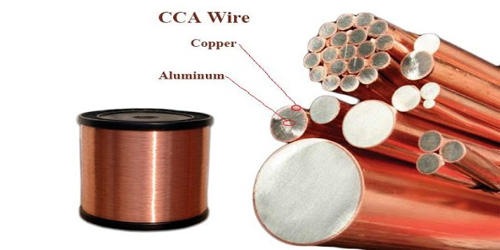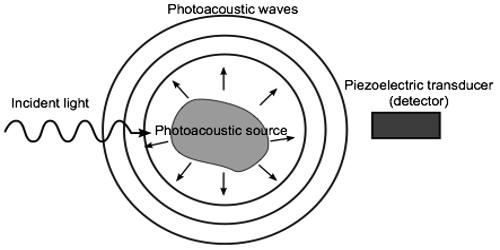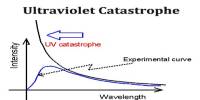Copper has greater conductivity compared to aluminum, which leads to smaller (diameter) conductors being required for use. Copper-clad aluminum wire is made of a solid aluminum core covered with a copper skin in order to improve its performance in the field. It is an electrical conductor composed of an inner aluminum core and outer copper cladding. This is a wire with a very thin coating of copper. At a glance, it can appear the same as pure copper wire. This product was installed in homes in the United States between 1972 and 1975.
Uses
The primary applications of this conductor revolve around weight reduction requirements. CCA cable is much less expensive than solid copper cable, and it is also noticeably more brittle. These applications include high-quality coils, such as the voice coils in headphones or portable loudspeakers; high-frequency coaxial applications, such as RF antennas and cable television distribution cables; and power cables. It can be easily identified by looking for the silver color at the end of the conductors or by scraping away the thin copper surface on the conductors to reveal the aluminum.
CCA was also used in electrical wiring for buildings. Significantly lighter than pure copper and yet stronger than pure aluminum, CCA cables have been used for some electrical applications to avoid issues inherent with aluminum wire connections and also because they are less expensive than pure copper.
CCA is also seen in unshielded twisted pair networking cables. These cables are often less expensive than their full-copper counterparts.
Properties
Copper does not go through major cycles of expansion and contraction as compared to aluminum. The tensile strength of copper allows it to bear the stresses of wear and tear over time without the same effects as aluminum. The properties of copper-clad aluminum wire include:
- Less expensive than a pure copper wire
- Lighter than pure copper
- Higher electrical conductivity than pure aluminium
- Higher strength than aluminium
- Electrical connections are typically more reliable than pure aluminum.
Skin effect
The skin effect causes alternating current to concentrate on the more-conductive copper cladding of the conductor, causing the resistance of the wire to approach that of pure copper wire at high frequencies, which makes the copper-clad aluminum wire a good fit for such applications. Because of skin effect, you can use a less expensive metal for the core and use copper on the outer layer to achieve virtually the same conductivity.
Disadvantages
It is much more expensive than aluminum. When an elaborate amount of wiring is required for a job, the overall costs of using copper may prove to be prohibitive. It is also much heavier than its aluminum counterpart which can add to the complexity of the installation.
















